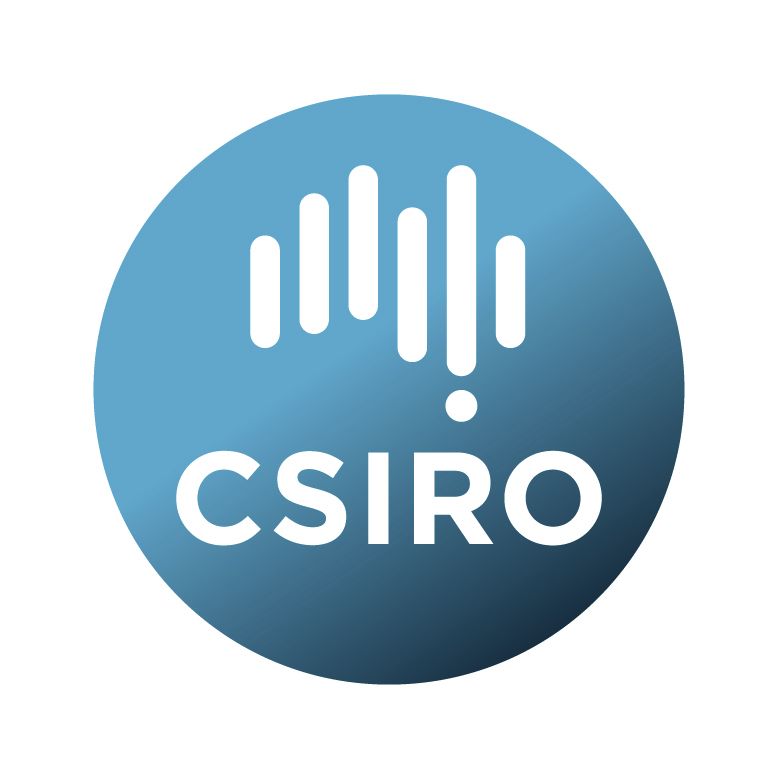Brief description
This is a set of 1300 platinum (Pt) nanoparticle FINAL CONFIGURATIONS, for use in data-driven studies. These structures have been optimized (fully relaxed) using molecular dynamics with an embedded atom (EAM) interatomic potential, at various temperatures and growth rates.All files are in XYZ format, and the naming convention is defined in the accompanying csv file that lists all of the structural features and property indicators (see Supporting Attachments).
Sizes range from 54 atoms to 15837 atoms, with both crystalline and non-crystalline configurations and regions. Each nanoparticle has been characterised using a variety of topological features, including size, lattice structure, surface curvature and a number of order parameters. The final five columns in the accompanying csv file are target labels, providing the concentration of classes of surface structures responsible for different types of catalytic reactions, the total energy and the excess formtion energy. Links to publications describing these property labels are provided in the meta data.
Lineage: Simulated by Hector Barron and Amanda Barnard for the purposes of studying the impact of structural disorder, anisotropy and polydispersivity on the properties of platinum nanoparticle ensembles.
Available: 2019-07-25
Subjects
Artificial Intelligence |
Artificial Intelligence Not Elsewhere Classified |
Chemical Sciences |
Condensed Matter Physics |
Condensed Matter Physics Not Elsewhere Classified |
DFT |
Data Management and Data Science |
Data Mining and Knowledge Discovery |
Engineering |
Information and Computing Sciences |
Macromolecular and Materials Chemistry |
Nanomaterials |
Nanotechnology |
Nanotechnology Not Elsewhere Classified |
Physical Sciences |
Theoretical and Computational Chemistry |
Theoretical and Computational Chemistry Not Elsewhere Classified |
Theory and Design of Materials |
computational |
materials |
molecular |
molecules |
nanoparticle |
nanostructure |
results |
silver |
simulation |
User Contributed Tags
Login to tag this record with meaningful keywords to make it easier to discover
Identifiers
- DOI : 10.25919/5D3958D9BF5F7

- Handle : 102.100.100/74878

- URL : data.csiro.au/collection/csiro:36491



